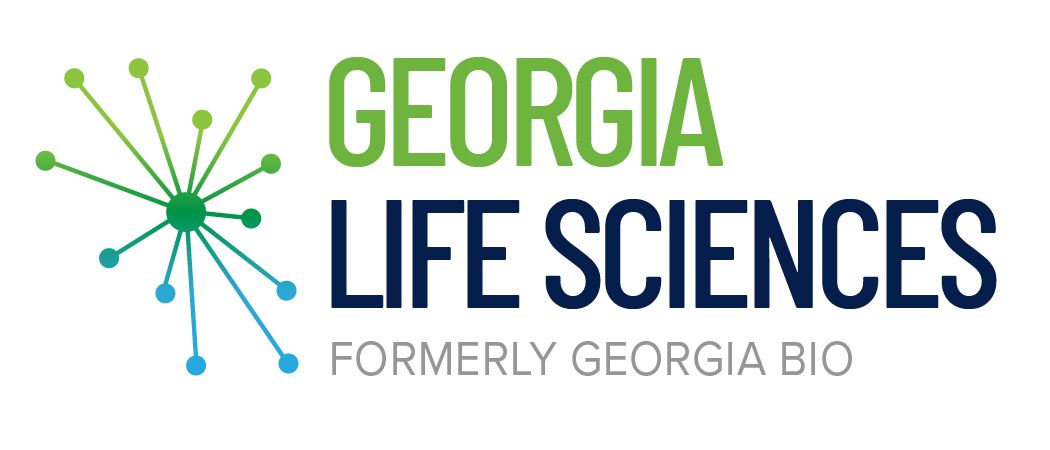World’s largest medical imaging companies join world’s largest medtech association
WASHINGTON, D.C.,
– Today, AdvaMed, the Medtech Association, announced the establishment of a new Medical Imaging Technology division focused on advocating on behalf of large and small companies for the essential role of medical imaging technology, radiopharmaceuticals, contrast media, and focused ultrasound devices in our nation’s health care system. Leading medical imaging companies – such as Bayer, Fujifilm Sonosite, GE HealthCare, Hologic, Philips, and Siemens Healthineers – have formally established AdvaMed as the new home for advocacy on behalf of medical imaging companies, which previously sat within the Medical Imaging & Technology Alliance (MITA), a division of the National Electrical Manufacturers Association (NEMA).
AdvaMed President and CEO Scott Whitaker said
: “This new division is a big step forward not merely for the medical imaging sector, but for AdvaMed and the entire medtech industry. Never before have medical technologies been so connected and interdependent as they are today—and it’s really only the beginning. From traditional medical devices to digital health tech to AI and medical imaging, the opportunity to unify the industry and advance policy solutions for the health care system has never been better. No trade organization is better prepared than AdvaMed to represent the entire medtech industry and take on these advocacy challenges so that our members can continue focusing on what they do best—meeting the needs of the patients they serve.
“Finally, the timing of Peter Arduini’s election as our new Chair couldn’t be better. His leadership of GE HealthCare, a global leader in medical imaging, pharmaceutical diagnostics and digital solutions, will provide strategic insight and direction to AdvaMed as we work to ensure an aligned and inclusive focus across companies in every sector of medtech.”
Peter J. Arduini, President and CEO of GE HealthCare and newly elected Chair of the AdvaMed Board of Directors, said of the new division
: “We are in a new era in which providers and patients rely on medical imaging and digital solutions for critical insights across the entire care pathway from screening, diagnosis, monitoring, and therapy delivery, as well as research and discovery. As Chair, I look forward to working alongside Scott and my colleagues from across the industry to establish AdvaMed’s new imaging division and ensure it is aligned and integrated to our overall goals of the med tech industry.”
Patrick Hope served as executive director of MITA since 2015 and will now serve as executive director of the new Medical Imaging Technology division at AdvaMed. Hope said
: “The future is brighter than ever for the medical imaging companies we served at MITA. Our new home at AdvaMed makes perfect sense: For the first time, we will be surrounded by a team, infrastructure, and resources focused entirely on the patients our companies serve. We will be surrounded by and working directly with experts in medtech policy at the state, national, and global levels. I am 100 percent confident that our companies will see more value in our work together under the AdvaMed umbrella than ever before.
Imaging plays a critical role in our health care system, from diagnosis to treatment:
- In the U.S., a medical image is taken every 3 seconds
- Imaging makes up approximately 80 percent of AI technology cleared by FDA
As is the case with AdvaMed’s Accel, Dx, and Digital Health Tech divisions, AdvaMed’s new Medical Imaging Technology division will be led by a Board of Directors comprised of executives from its imaging company members. The new division will be led within AdvaMed by Patrick Hope, former Executive Director of the Medical Imaging Technology Alliance (MITA). Mr. Hope and Peter Weems, who led MITA’s government affairs and policy strategy, as well as other staff, will round out the division’s staffing needs at AdvaMed going forward.
This division’s creation comes on the heels of AdvaMed’s announcement last month that it had established a Digital Health division. The recent creation of these two divisions “further demonstrates that AdvaMed is well positioned to lead the entire medtech industry on the advocacy front,” Whitaker said.
In January, AdvaMed will unveil a refreshed version of its “ Medical Innovation Agenda for the 118 th Congress ,” a list of policy and legislative priorities critical to patient care that will include a new set of priorities for the medical imaging sector.

P: 404.221.0617
Fax: 404.448.3982
Email: admin@galifesciences.org
Address: 8607 Roberts Drive, Suite 250, Atlanta, GA 30350


